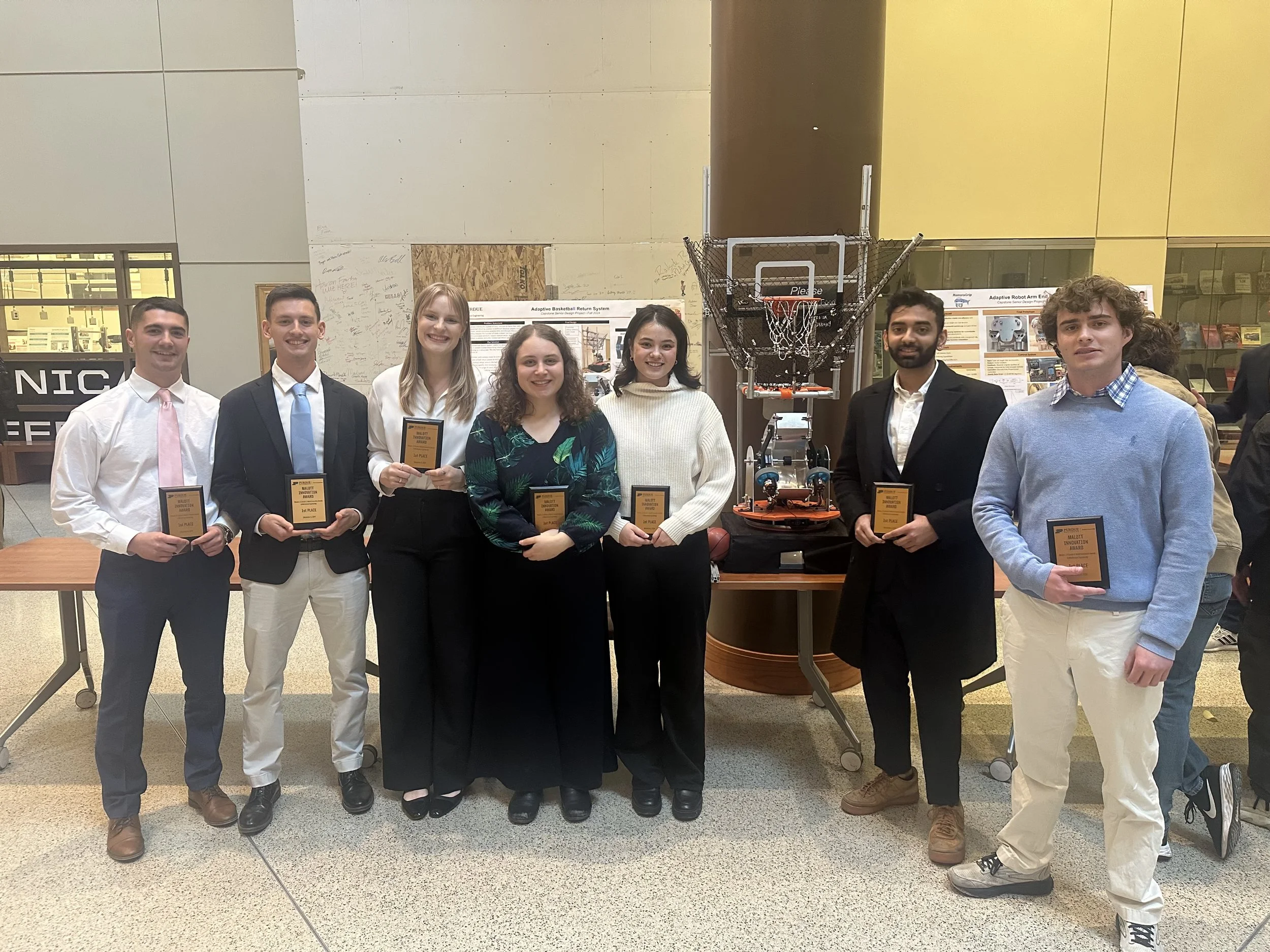“Human respiration rate measurement with high-speed digital fringe projection technique,” (2023)
/A. L. Lorenz and S. Zhang, “Human respiration rate measurement with high-speed digital fringe projection technique,” Sensors 23(21), 9000 (2023)
Abstract
This paper proposes a non-contact continuous respiration monitoring method based on Fringe Projection Profilometry (FPP). This method aims to overcome the limitations of traditional intrusive techniques by providing continuous monitoring without interfering with normal breathing. The FPP sensor captures three-dimensional (3D) respiratory motion from the chest wall and abdomen, and the analysis algorithms extract respiratory parameters. The system achieved a high Signal-to-Noise Ratio (SNR) of 37 dB with an ideal sinusoidal respiration signal. Experimental results demonstrated that a mean correlation of 0.95 and a mean Root-Mean-Square Error (RMSE) of 0.11 breaths per minute (bpm) were achieved when comparing to a reference signal obtained from a spirometer.



